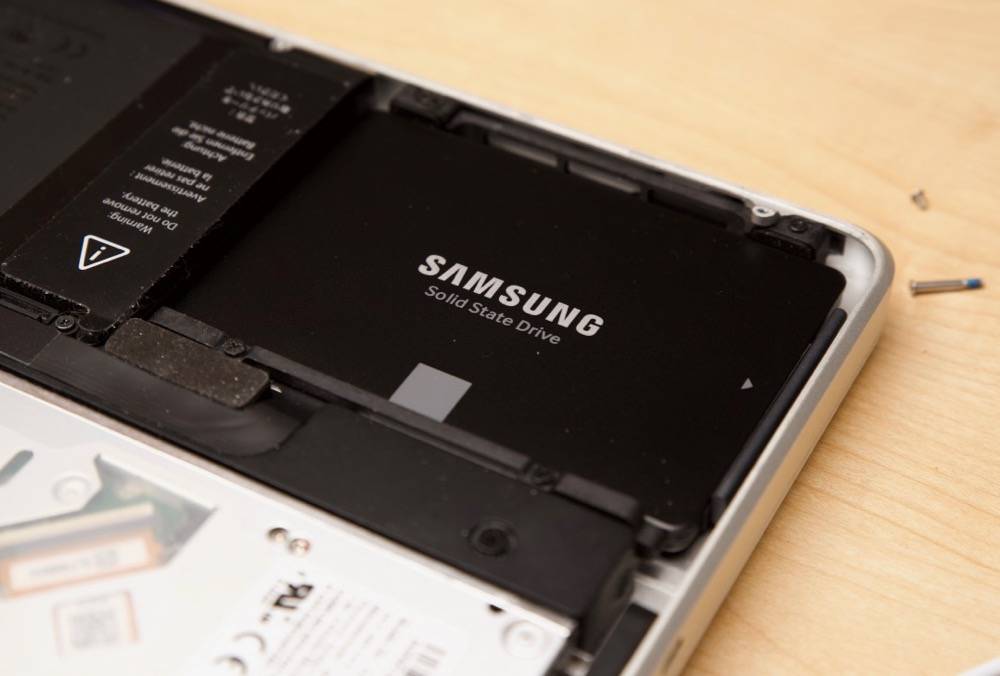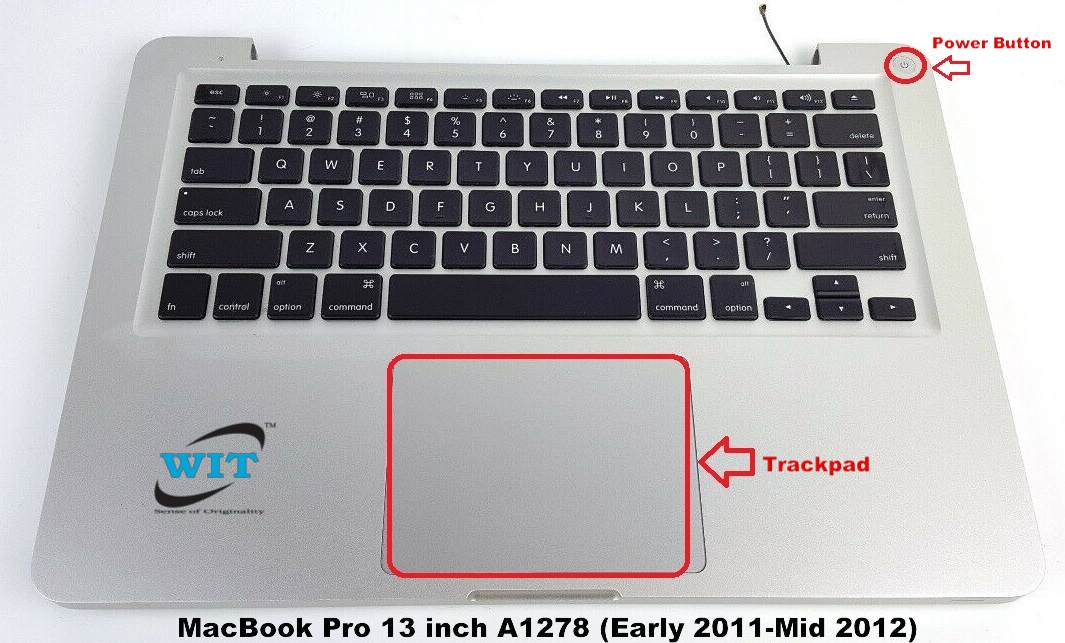

Many dedicated tinkerers have also reported success after reapplying the thermal compound between the CPU and heatsink, but that requires a very deep, warranty-voiding disassembly that I’m not comfortable doing. Many, many people reported having these issues and exchanging the laptop for a new one that shows far fewer issues.
The thermal paste seems to be very inconsistently applied, or there’s some other common manufacturing defect with the cooling system that varies per laptop. If so, this is an embarrassing oversight by Apple. The 15” MacBook Pro comes with an 85W power adapter, but when stressing the CPU and GPU (such as when playing a game), the laptop draws about 93W - I don’t know enough about the electronics here to say for sure, but an insufficient power adapter capacity sounds like a plausible reason why the battery might drain under high computational load. Some people report issues with the battery draining while playing a game. I can’t see why Apple even enabled clamshell mode on it. It generates so much heat that it can’t be used in “clamshell mode” (closed, but with an external keyboard, mouse, and monitor attached), which has reduced airflow, without risking overheating, kernel panics, and possible long-term damage. (Oddly, it can in the 13” MacBook Pro and both MacBook Airs.) Modern 15” MacBook Pros dynamically switch between the low-powered Intel integrated GPU and the high-powered (and hot) AMD GPU as needed by applications, but the AMD GPU will always be used when an external monitor is connected - the Intel integrated GPU cannot output video over the Thunderbolt port in the 15”. The 2.2 and 2.3 GHz 15” models come with an AMD Radeon HD 6750M GPU, which adds significant heat. It therefore hits its maximum TDP often when just one core is being maxed out, such as when Spotlight or Backblaze index new files, or when Time Machine is backing up. 
The Core i7 CPU can use Intel’s Turbo Boost to dramatically overclock one CPU core to handle single-threaded loads whenever power and heat allow.

Many people speculate that the 15” case and fan design just isn’t designed for CPUs that need this much cooling regularly.
The quad-core i7 CPUs in the 15” run very hot, with a TDP of 45W, 10W higher than the previous dual-cores. I’ve done a lot of Google research and impromptu Twitter surveys, and this seems like a very common problem, exacerbated by a number of factors: Early 2011 macbook pro 13 cpu full#
Not only does the 2011 15” MacBook Pro run much hotter than previous generations, but as a result, the fans very frequently kick up to full speed (6200 RPM), greatly annoying anyone in the area who’s not wearing headphones. This turned out to be worse than I thought it would be, and today, the last day of my return period, I decided to return it and exchange it for a slower model.

For my intended usage as a desktop most of the time, that’s an acceptable tradeoff. I need more time to form a concrete opinion, but it seems so far that this CPU’s awesome performance definitely comes at a cost of increased heat and reduced battery life. It’s much more comfortable to type on the 2011 model, with one big exception: the 2011 model runs much hotter. A programmer, writer, podcaster, geek, and coffee enthusiast.Ībout Heat and fan-noise issues with 2011 15” MacBook Pro








 0 kommentar(er)
0 kommentar(er)
